# Sales
Earlier this summer I wrote about the sudden market craze and it’s impact on land sales. Then, there were 292 (August 16th) land sales with around 100 more pending sale. I predicted by year end we would hit 600 sales in Teton Valley & Alta. We’ve hit 582 as of this writing with 100 more pending sale. We’ll see how many of those close this year.
While we’re talking sales, residential is also way up in terms of # of sales. 365 YTD with another 75 pending, to be exact. That’s way up from 2019 with “only” 289 sales, but land is what stands out here.
Sales Prices
Sales prices, as you might guess, are also up significantly. Both land and residential averages are slightly skewed as a result of a few seemingly fantastical sales prices, but the average land price is down, likely due to affordable lots being snapped up.
The averages sales price in 2019 was $132,821 while 2020 is down about 20% to an average sales price of $118,775.
The average residential sales price in 2019 was $449,732. The average price based on sales to date is $585,480, up nearly 25%.
New Homes & Construction
Building and building permit (and building costs) numbers are strong, but rising build costs seem to be keeping things at bay. The county is reporting 112 permits (not including city permits) for the Spring & Summer season. Not having historical data, I’ll use sales data to make a point;
2020 YTD has seen 145 sales built in 2019 and 2020.
2019 saw 175 sales built in 2018 and 2019.
2007 saw 302 sales that were built in 2006 and 2007.
Past Predictions
I’ll bet that the market will outpace my 600 land sales prediction by year end, possibly by a significant margin. This is historical. After all, 2007 (my universal point of reference) saw only 626 land sales. While digging through past posts I found an article I wrote in 2016 about the potential impacts of the 2016 Presidential election. The post didn’t have much to do with elections at all (I think the point was that elections don’t usually impact real estate) but more with Real Estate cycles in general. It quoted a Harvard article written by Teo Nicolais talking about market cycles. Using his methodology (barring any major interruption such as global war) we should be in the midst of a Hypersupply phase on the cusp of a slowdown with rents on the verge of dropping. This is clearly not the case, but I would certainly call the Covid-19 pandemic a “major interruption”. No, it hasn’t slowed real estate or refinances with historic rates, but I would argue that it has slowed construction and speculative real estate as a result. If construction costs don’t come down, or worse, continue to rise, will this create (or continue to inflate) a bubble? Possibly. It all depends on how the market reacts to the increasing prices and sales volume such as that data provided above.
On that note… (Sorry, I’ve got to say it) – It is a great time to consider selling NOW. If it’s in the cards, let us provide some data to help. It’s easy, free, and no one in our firm is pushy. Learn More Here.
